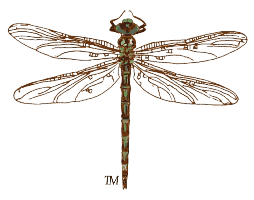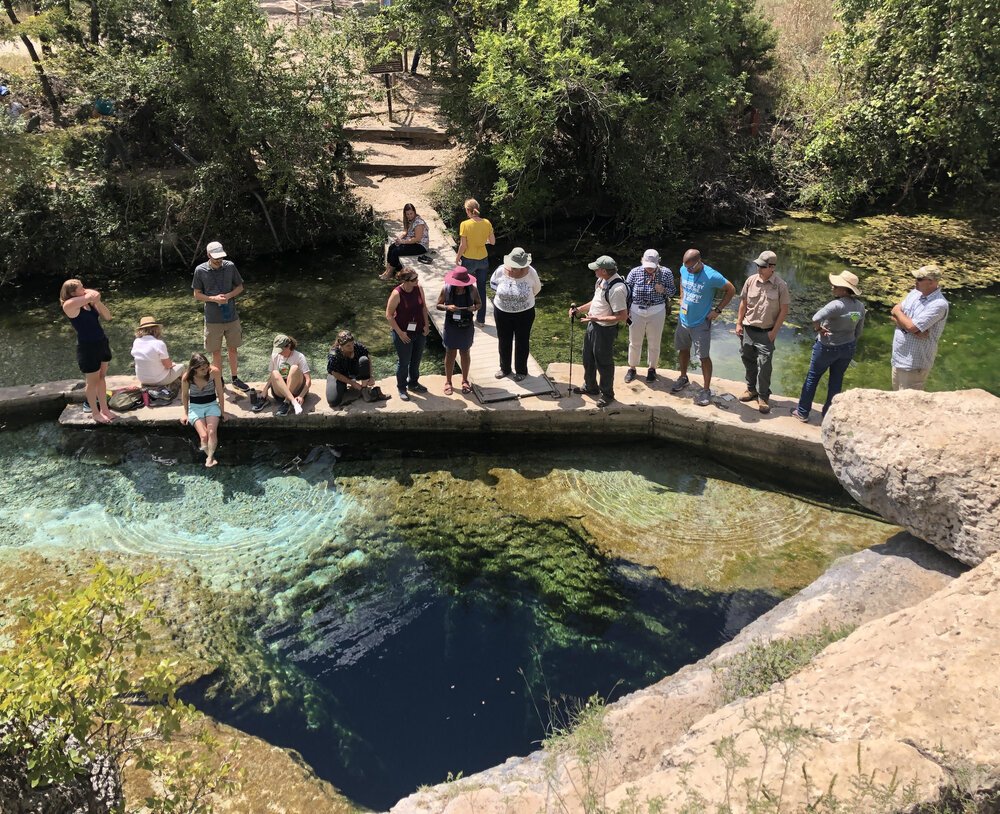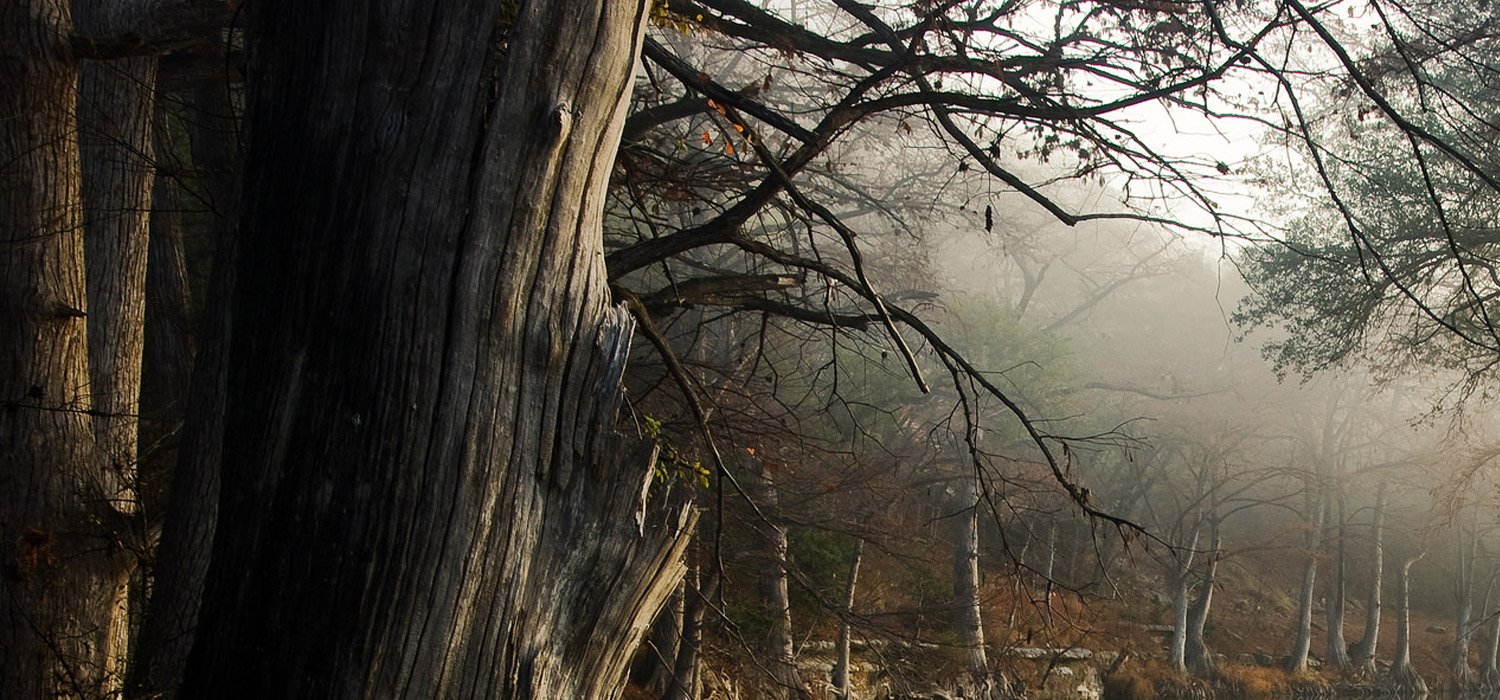
The August Magazine
Tom Jones - Betsy Cross - Mimi Cavender - Constance Quigley - Steve Wilder
The first half of this year was the fifth driest on record, and this summer hasn’t been any better. How exactly do our native plants cope with stress caused by a prolonged period without water? It’s complicated and pretty amazing.
Karst is well known and is often described as a landscape, a geological formation occurring in limestone and carbonate rocks. More importantly, it is an aquifer and often a remarkable groundwater reservoir.
There is no doubt these are dry times that will likely continue through the summer. This is a critical time for wildlife as well. If you can, set out a pan of water for the wildlife. They will show up.
Most of my life I’ve called these gentle amphibians “frogs,” and maybe you have too. But these little guys are actually true toads, more specifically Gulf Coast Toads, and I’ve noticed a lot of them in my yard this summer.
If we were to paint—or photograph—the Hill Country today in ways for our unknown descendants to remember us, what would they see? And if they record images of their Texas hills for their posterity, what will those generations see?
Seriously, it’s hot here in Hays County this summer. In spite of the surface-of-the-sun temperatures, there are a few things blooming. I thought I’d share a few colorful flowers with you.
The rapid growth of the Hays County area is increasing the burden upon this valuable resource. Understanding our water supply and how it effects the land helps us to make better water management decisions.
The continuous water cycle starts with rain. Of the rain that falls on the land, 89% of it either evaporates directly to the atmosphere or processed through transpiration in plants into the atmosphere. The remaining 11% seeps into the ground or runs off as surface water to rivers and streams. Of the water on the earth’s surface, 97% of it is saltwater and 1-2% is frozen glaciers, ice, and snow around the world. That leaves about 1% of water available for consumption.
Watersheds are basin-like landforms defined by highpoints and ridgelines that descend into lower elevations and stream valleys. A watershed, sometimes called a drainage basin or catchment, carries water “shed” from the land after rain falls and snow melts.
Soil erosion via water flow is a significant issue in Hays County and in all of the Texas Hill Country. Our geology with the limestone base and relatively thin soil makes it difficult for rain to soak in quickly.
Water attracts wildlife and is great for plants. While not everyone can live near a river or lake, everyone has the option of building a water feature. In this article we will cover how to make a small wildlife pond or water feature that can be maintained year-round with only rainwater.
If you live in the Wimberley Valley, your property is part of the Blanco River Watershed. But “watershed” is a misleading way to describe it. The word implies getting water off the land as quickly as possible. Instead we should re-conceptualize our valley as a “water catchment area.” This term, used by most of the rest of the world, suggests capturing water before it flows downstream.
Humans have a major impact on the land and natural resources. Positive actions regarding conservation will result in a healthier natural environment.
Land restoration is the process of returning a site to a natural landscape and habitat, safe for humans, wildlife, and plant communities. Developing and following a land restoration plan are the means of accomplishing this goal.
Within their native habitats, animals should be able to find the basics necessities for maintaining their health and lives; water, food, and shelter…
Flash floods have been part of the Hill Country for over ten million years, ever since the rivers and creeks began carving out their deep valleys and leaving behind 200-250 ft. high hills. While we can’t stop flash floods, we can reduce their intensity and the amount of damage they cause.
Wildfires play an important role in nature. Some ecosystems, such as grasslands, rely on natural fires to regulate growth and recycle nutrients. There is an entire scientific discipline, Fire Ecology, focused on understanding the natural processes involving fire and how ecosystems respond.
On one property, the problem was that runoff quickly filled the small drainage ditch along the driveway and rushed down to the creek. The owners created diverters along the driveway to catch the runoff and divert it on the native grasses bordering the driveway.
Hays County residents are fortunate enough to have the Milky Way visible throughout much of the area. The night sky is part of our heritage and reminds us of our connection to the universe.































